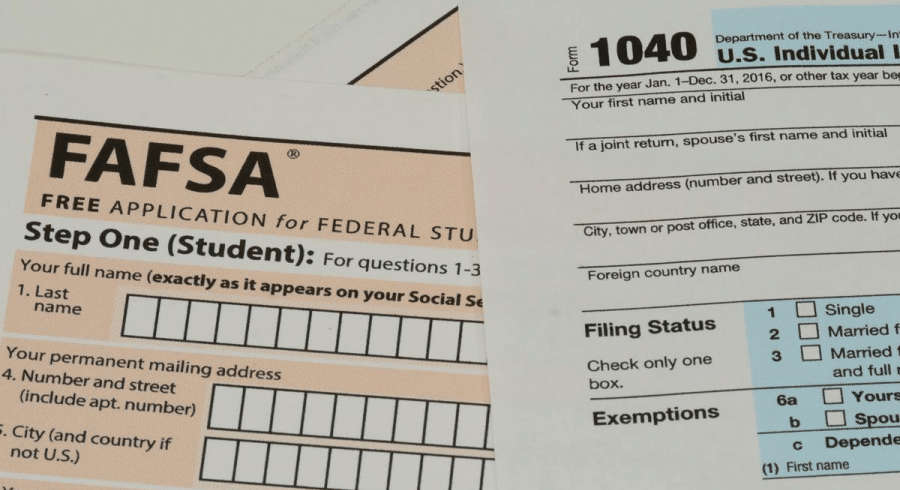Your Definitive Guide to Employee Stock Purchase Plans
- Employee stock purchase plans allow workers to buy company stock at a discounted price
- ESPP contributions are made through after-tax payroll deductions and shares are then bought on a pre-specified purchase date
- A purchase discount of up to 15% is common, but there are important tax implications when you go about selling
An Employee Stock Purchase Plan (ESPP) is a special type of benefit offered by many large tech companies across the country. Through the plan, stock is offered to employees usually at a discount to the fair market value (FMV) share price. According to the IRS section 423 of the Code, a qualified ESPP can offer a maximum price discount of 15%. Workers may purchase stock through after-tax payroll deductions.
Why ESPPs Are Popular with Employers
The idea behind ESPPs is that your employer wants you to have extra skin in the game through equity ownership. Often, the more a company is owned by its employees, the better it’s thought it can perform.
What’s in it for you, though, is that the ESPP can be an effective means to grow your wealth. Buying the stock at a discount, then selling strategically, effectively raises your overall compensation level. There’s risk, however, that if the company runs into trouble, then both your shares and even your job could be at risk. So going about participating in an ESPP requires strategy with an emphasis on risk management.
Know Your Plan
As with any program available through your employer, checking with your HR department on plan specifics is a must. There are often ESPP nuances that differ by company. Moreover, not all places offer an ESPP, but many of the biggest information technology corporations do.
Laying the ESPP Ground Rules
Assuming your employer has an ESPP, when workers contribute to it on the offer date, the money goes into an escrow account whereby it is held, often for six months. The funds are then used to buy shares on the purchase date for all participants. Like other brokerage accounts, shares are deposited in your name and it is then up to you to determine when to sell – once again, though, be sure to know your plan rules regarding any specific timing or other requirements. You might also receive back some cash since the stock is bought in whole, not fractional, share amounts. Finally, you will receive a trade confirmation and IRS Form 3922 confirming the purchase and tax reporting details.
Calculating and Understanding the Discount
Now let’s get to why you would take part in an ESPP – the discount. There are two ways a company offers shares:
- A discount of up to 15% of FMV: This is the more intuitive method. If Company A’s ESPP lets workers buy the stock at a 15% discount, and shares trade at $100 in the market, then employees can buy it at $85.
- A look-back provision: This method depends on the stock price on two dates. The employer is allowed to set the purchase price at the lesser of the FMV on the offer date or the FMV on the purchase date. If the stock was at $110 on the offer date and $90 on the purchase date, then you can buy shares at $90 plus the 15% discount. So this can be especially advantageous!
ESPP Stock Price Discount by Scenario
The table above illustrates that the look-back provision is particularly valuable when the stock price rises substantially from the offer date to the purchase date. While the first scenario of a small price decline results in a 15% discount, a modest stock price rise allows the plan participants to buy shares at a 23% effective discount to the price on the purchase date.
Purchasing stock at a massive discount to FMV is possible should a large price rally happen between the offer date and the purchase date. Thus, you don’t want to miss out on that potential windfall.
ESPP & Taxes
With big gains often come significant tax implications. It’s important to know, though, that since after-tax payroll contributions are made to ESPPs, only the capital gain and discount received on the purchase are taxed when you sell. Typically, ordinary income tax rates apply to the total gain amount if you sell shortly after acquiring shares – the FMV on the sale date less the discounted purchase price is taxed. Through a qualifying disposition, however, you can earn favorable long-term capital gains tax treatment on the stock price appreciation from the discount price.
Qualifying & Disqualifying Dispositions
In order to qualify for the better tax treatment, you must meet the requirements for a qualifying disposition. The good news is that there are just a pair of rules that must be followed:
- Shares must be held for one year or more from the original purchase date
- Shares must be held for at least two years from the original offer date.
If you own stock from the ESPP long enough, you can capture that favorable taxation. The amount taxed at ordinary income tax rates is simply the ESPP offer price while your total gain minus the offer price per share can qualify for long-term capital gains rates.
A disqualifying disposition is any sale from shares owned through an ESPP that do not meet the two timing requirements for a qualifying disposition. Essentially, your gain would go from being taxed at 15% to up to your marginal income tax rate. By timing the sale of your ESPP carefully, you can save a significant amount in taxes, but we must weigh the risks of owning too much company stock.
Working with Archer to Make the Best Decisions with your ESPP
Our experienced financial planners find that tech-industry employees can be tempted to go full-bore into their ESPP plans since many offer a material stock price discount. (That is particularly true when co-workers talk about how much they scored through an ESPP!) During bull markets, it feels like a no-brainer to contribute a significant amount, then simply wait the two years from the offer date for a qualifying disposition. The problem is that you can become too concentrated in that single stock. Making matters riskier is that you already have your job at stake with that same company.
At Archer, we go through a thorough review of a client’s situation, ability and willingness to accept risk, long-term financial goals, and current cash flow. Those factors, among others, help us outline a plan for buying and owning employer stock through an ESPP.
The Bottom Line
Contributing to your company’s ESPP can be a great way to boost your net worth if you plan things right and the stock moves in your favor. While we cannot control where the stock price goes, advisors at Archer Investment Management strategize with clients to make informed, risk-aware, and the best probabilistic decisions based on each person’s situation.










